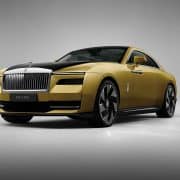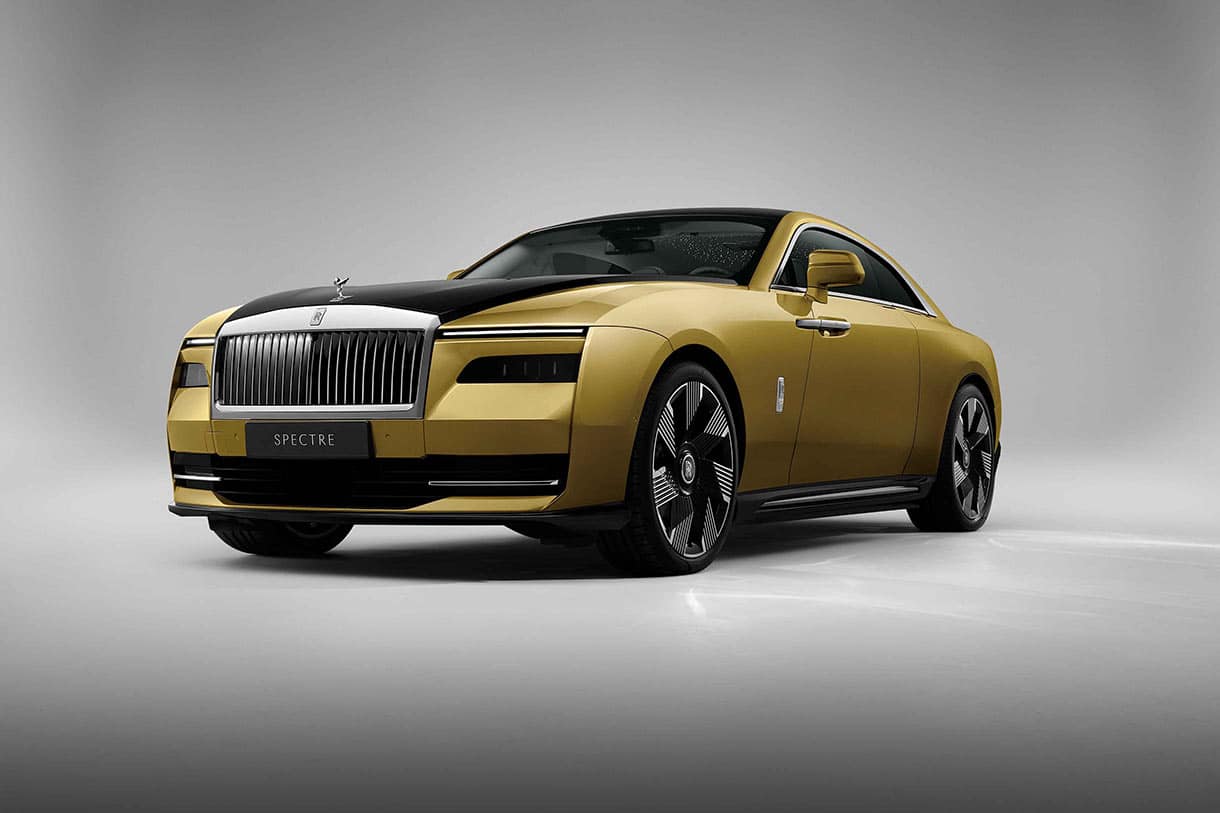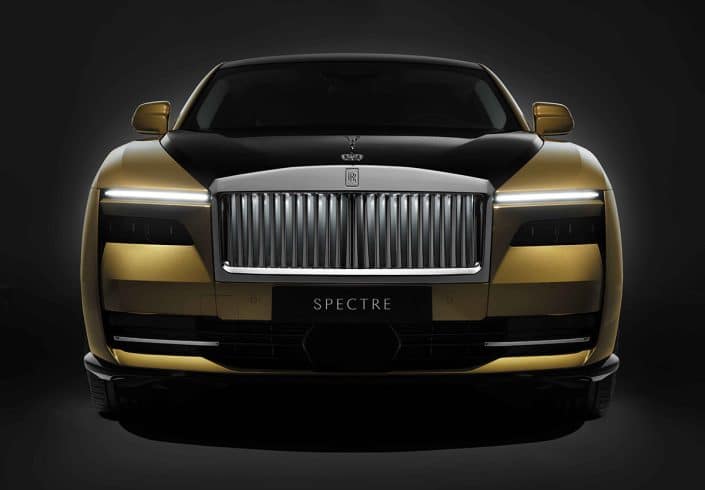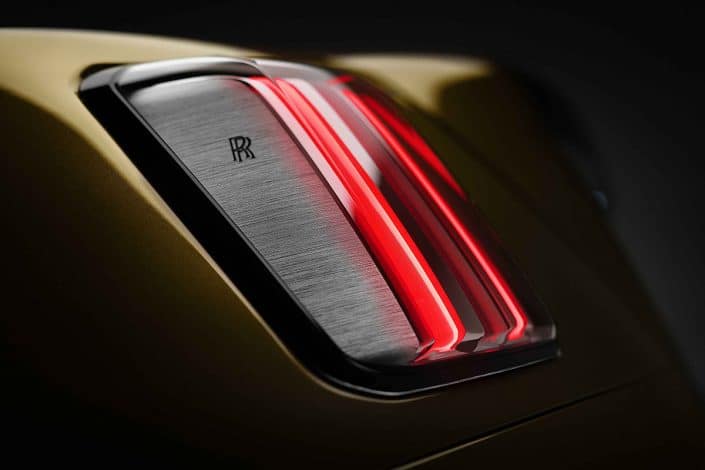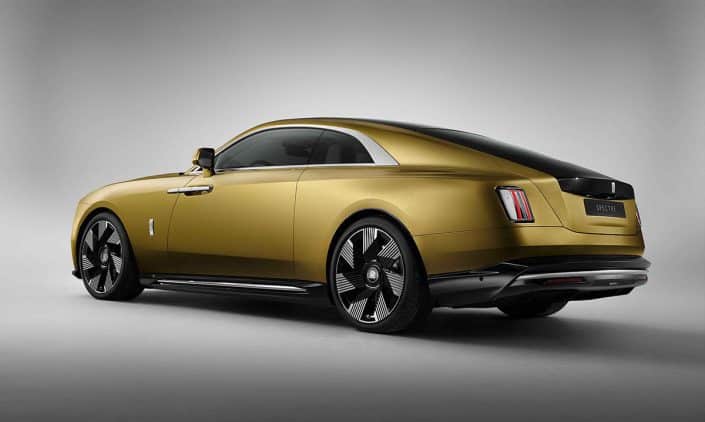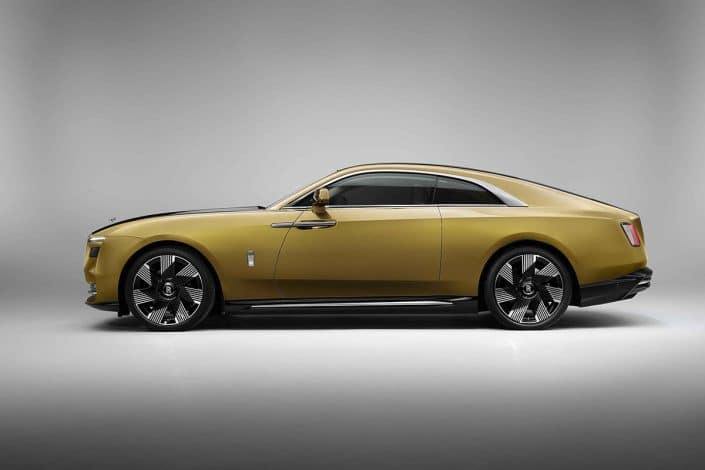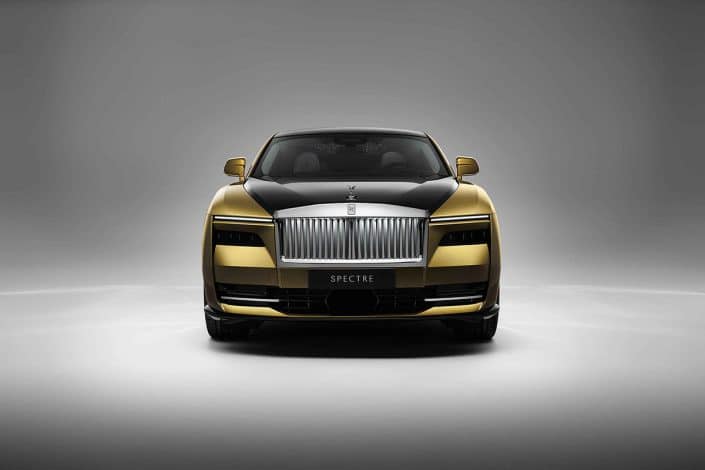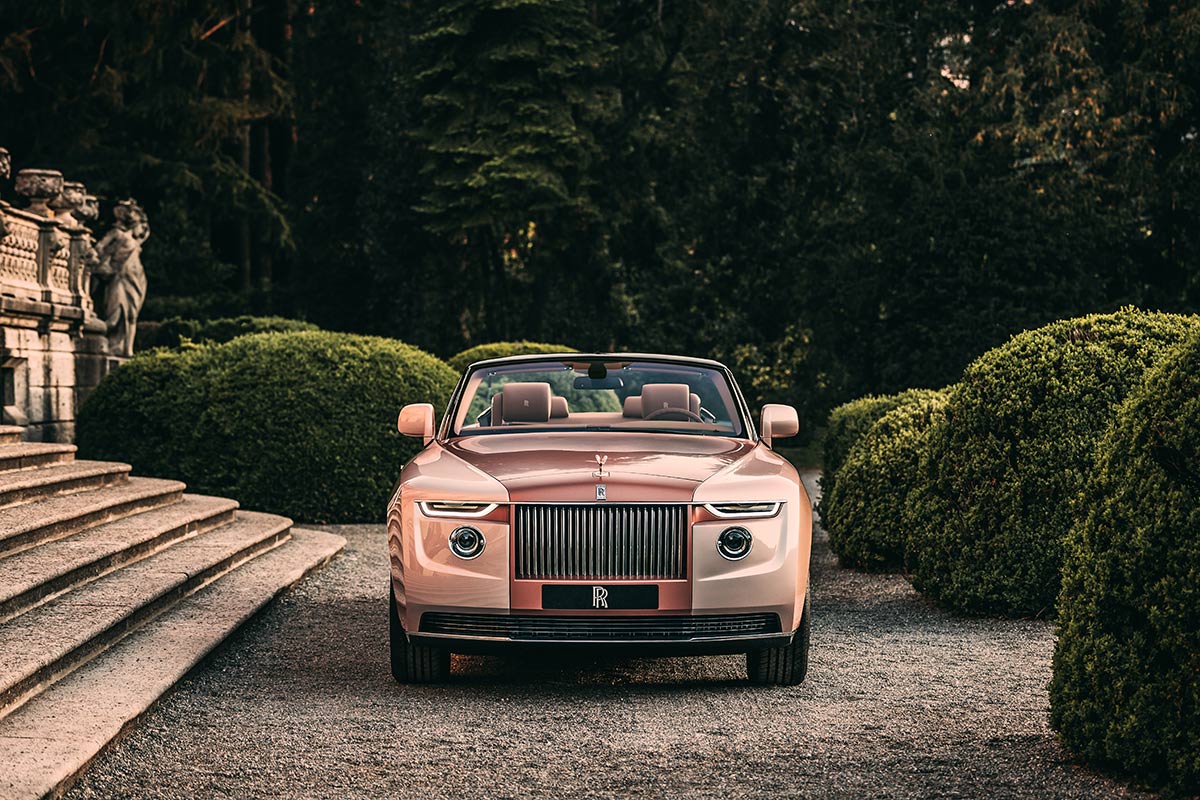SIR HENRY ROYCE (1863 – 1933): DRIVEN BY PERFECTION
- Rolls-Royce marks the 160th anniversary of the birth of co-founder Sir Henry Royce
- A look back at his remarkable life and work reveals a driven, even obsessive character and a relentless work ethic forged in childhood poverty and frequent adversity
- The quest for perfection extended to every aspect of Royce’s professional and personal life
- His famous maxim “Strive for perfection in everything you do. Take the best that exists and make it better” still informs and inspires the company’s activities today
“Sir Henry Royce bequeathed to the world an extraordinary legacy of engineering innovation and achievement. He also left us, his successors at Rolls-Royce Motor Cars, an unequivocal instruction: ‘Strive for perfection in everything you do. Take the best that exists and make it better’. Sir Henry himself lived out this maxim in every aspect of his personal and professional life. Today, as we mark the 160th anniversary of his birth, his challenge still informs and inspires everything we do. It serves as a constant reminder that perfection is a moving target: it is never ‘done’. There is always something we can refine, adjust, rework, reinvent or innovate in our pursuit of perfection; and that is what makes our life and work here so exciting.” Torsten Müller-Ötvös, Chief Executive Officer, Rolls-Royce Motor Cars
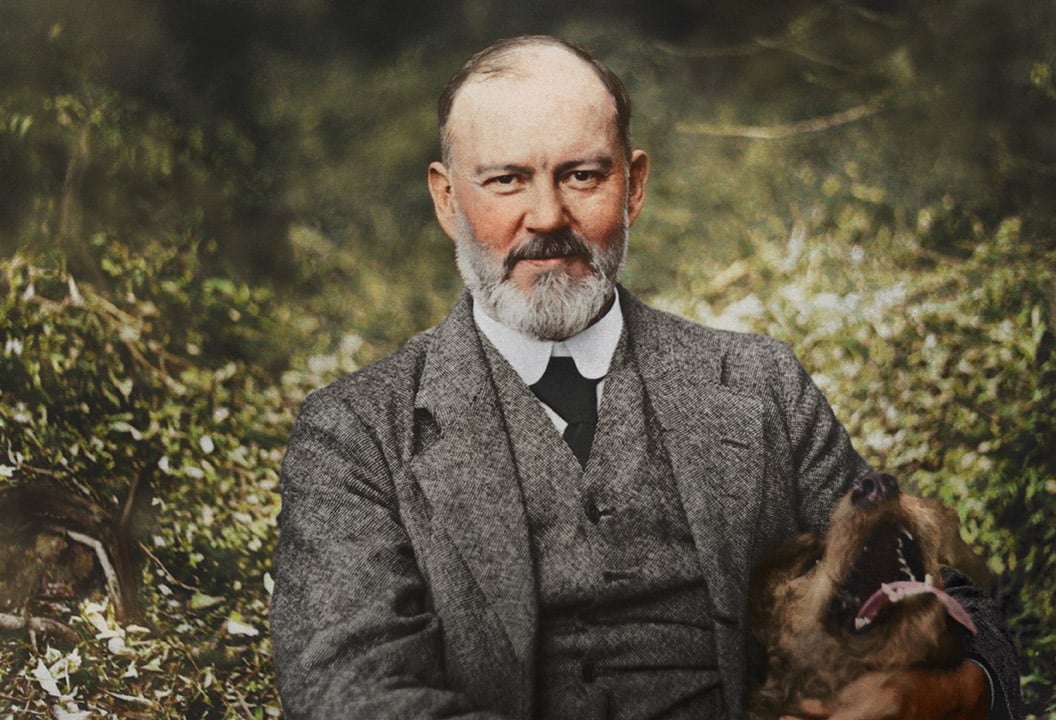
Sir Henry Royce’s uncompromising command, “Strive for perfection in everything you do. Take the best that exists and make it better” is one of the most famous quotations in automotive history. It is also a maxim that rings down the ages, and still inspires and informs the company that bears his name.
As Rolls-Royce marks the 160th anniversary of Sir Henry’s birth, we look back at his remarkable life and career, in search of the origins of his most celebrated and oft-repeated exhortation. What drove his own lifelong striving for perfection; and how did his relentless, some might say obsessive, desire to improve and refine manifest itself in both his work and domestic spheres?
A LOT TO IMPROVE ON
Royce’s early life was one of hardship, poverty and disadvantage. The youngest of five children, he was born in 1863 into a family in perilous financial circumstances. Matters worsened considerably when his father, a miller, was finally declared bankrupt and, under the law of the time, ended up in prison.
It was against this unpromising backdrop that Royce’s character was formed. Yet he was determined to make a better life for himself, and by the age of just 10 was working in London, first as a newspaper seller and later as a telegram delivery boy.
Things appeared to be moving his way when in 1879, with financial support from his aunt, he secured a coveted apprenticeship at the Great Northern Railway (GNR) workshops in Peterborough. Instantly and obviously in his element, his natural aptitude for design and innate skill with tools and materials quickly become apparent. One early indicator of his talent was a set of three miniature wheelbarrows he made in brass; these pieces clearly demonstrate the exemplary standard of workmanship and quest for excellence he would maintain throughout his life.
VICISSITUDES
Royce’s drive for self-improvement came to an abrupt halt after two years, when his aunt was unable to pay his annual apprenticeship fee. Undaunted, Royce returned to London and, in 1881, began work at the fledgling Electric Lighting & Power Generating Company (EL&PG).
His decision to forsake traditional engineering for the emerging field of electricity was essentially a pragmatic one. Electricity was then so new it had no governing body or professional institutions, and thus no examinations to pass or standards to attain. Unlike in engineering, therefore, Royce’s lack of formal qualifications was no barrier to his progress.
His fascination for the subject, already formidable work ethic and commitment to study (he attended evening classes in English and Mathematics after work) meant that in 1882, the EL&PG, by now renamed the Maxim-Weston Electric Company, sent him to work for its subsidiary in Lancashire as First (Chief) Electrician, responsible for street and theatre lighting in the city of Liverpool. Yet again, however, circumstances conspired against him: through gross mismanagement in its acquisition of patents, the company abruptly went into receivership and Royce, aged only 19, found himself unemployed once more.
TAKING CHARGE
Although the parent company of his erstwhile employer chose to salvage what it could rather than sell off the remaining resources, Royce had had enough. Impelled by his innate drive, clear appetite for (calculated) risk and the abundant self-assurance noted by his contemporaries, he started up in business on his own.
In late 1884, he founded F H Royce & Co (he was christened Frederick Henry) in Manchester. Initially producing small items such as battery-powered door bells, the company progressed to making heavy equipment such as overhead cranes and railway shunting capstans.
But while the business was thriving, Royce himself was not. By 1901, his years of overwork and a strained home life were taking a severe toll on his health, which had probably been fundamentally weakened by the privations of his childhood.
His doctor persuaded him to buy a De Dion quadricycle as a way to escape the office and enjoy some fresh air; but before long, Royce’s health collapsed. A major contributing factor was his growing concern that the company was heading into financial problems; something that would perhaps have had particular significance for him given his father’s experiences.
The company owed its dwindling fortunes to an influx of cheap, or at least cheaper, electrical machinery from Germany and the USA that was able to undercut Royce’s prices. Ever the perfectionist, Royce himself was not prepared to enter a race to the bottom or compromise the quality of his products.
Complete rest was required, and he was eventually persuaded to take a 10-week holiday to visit his wife’s family in South Africa. On the long voyage home, he read ‘The Automobile – its construction and management’. The book would change his life – and ultimately, the world.
MAKING THE BEST BETTER
On his return to England, Royce – now fully revitalised both mentally and physically – immediately acquired his first motor car, a 10 H.P. Decauville. Given the still-parlous state of his company’s finances, this might have seemed a frivolous squandering of precious funds; but in fact, this purchase was a shrewd and calculated one that, in his mind, held the key to the company’s future prosperity.
The story usually goes that this first car was so poorly made and unreliable that Royce decided he could do better. In fact, his holiday reading had already focused his mind on producing his own car from scratch; he had already supplied a limited number of electric motors for the ‘Pritchett and Gold’ electric car. So contrary to the received wisdom, he chose the Decauville precisely because it was the finest car available to him, in order to dismantle it and then, in his most famous phrase, “take the best that exists and make it better”.
He began by building three two-cylinder 10 H.P. cars based on the Decauville layout. That he was the only person who believed this new direction could save the company is another sign of his tenacity and self-belief. Just as importantly, his attention to detail in design and manufacture, accompanied by a continuous review of components after analysis, set the production template he would follow until his death.
These first examples were followed by the three-cylinder 15 H.P., four-cylinder 20 H.P. and six-cylinder 30 H.P. – each of which represented significant advances in automotive design. In 1906, two years after the founding of Rolls-Royce, Managing Director Claude Johnson persuaded Royce to adopt a ‘one model’ policy. In response, Royce designed the 40/50 H.P. ‘Silver Ghost’, the car that rightly earned the immortal soubriquet “the best car in the world”.
The Silver Ghost demonstrated Royce’s almost uncanny instinct for using the right materials for components, long before scientific analysis could provide reliable data. He also worked out that the properties of fluids alter with speed, so designed the Silver Ghost’s carburettor with three jets that came into play at different throttle openings, thereby eliminating ‘flat spots’.
HOME AND AWAY
By 1906 it was obvious that Rolls-Royce’s Cooke Street works in Manchester could no longer accommodate the company’s rapidly expanding motor car production. Rolls-Royce acquired a site on Nightingale Road in Derby, where Royce designed and oversaw the building of a brand-new, purpose-built factory. He undertook this enormous and technically complex task on top of his normal workload, and demanded his customary exacting standards from all concerned, not least himself.
Given the relentless volume and pace of his work, Royce’s second serious health crisis in 1911 came as little surprise. Rest was again prescribed, and during the summer and autumn, Johnson drove him on a road trip that extended as far as Egypt. On the return journey, they stopped in the south of France, where Royce took a strong liking for the tiny hamlet of Le Canadel, near Nice. Ever the man of action, Johnson bought a parcel of land and commissioned a new house for Royce, plus a smaller villa for visiting draughtsmen and assistants. Royce himself naturally took a keen interest in the building work, basing himself in a nearby hotel.
His health, however, remained fragile. After a relapse which led to emergency surgery in England, he returned to the now-finished house to recuperate. For the rest of life, he (very sensibly) spent his winters at Le Canadel and the summers in the south of England.
From 1917, his English residence was Elmstead, an 18th-Century house in the village of West Wittering on the Sussex coast, just eight miles from the present-day Home of Rolls-Royce at Goodwood. Elmstead had some adjoining land, where Royce resumed his long-standing interest in fruit farming. Inevitably, he brought his desire for perfection to this activity, too, and he quickly became a leading expert in many aspects of farming and horticulture.
His domestic life at Elmstead throws further light on his perfectionist nature, which focused his attention on even the smallest actions of others. For example, any aspiring cook would be employed only if they boiled potatoes in the ‘right’ way – just as an unfortunate labourer in the Cooke Street works was once admonished and shown how to use a broom correctly.
A REMARKABLE LEGACY
Whether he was designing car components or aircraft engines, Royce’s search for perfection never waned; yet even he acknowledged that it was, in fact, unattainable. His mantra for his drawing-office staff was ‘Rub out, alter, improve, refine’, and that process of constant improvement and development led to some of his greatest engineering achievements. Under his direction, the Buzzard aero engine built in 1927 with an initial output of 825 H.P. was transformed in just four years into the Schneider Trophy-winning ‘R’ engine that, in its final form, was capable of producing 2,783 H.P. And his outline design for a V12 engine would appear almost unaltered in the Phantom III of 1936, three years after his death. An instinctive, intuitive engineer, he was a firm believer that if something looked right, it probably was right. His extraordinary ability to assess components by eye alone proved infallible time and time again.
Royce’s tendency to overwork, often at the expense of his own health, was a symptom of his quest for perfection, and a will to achieve it forged in hardship and adversity. He was a highly driven – some might say obsessive – man who overcame many setbacks and misfortunes, and applied his meticulous engineer’s eye, inquisitive mind and relentless work ethic to every aspect of his life. And such is the power of his ethos and legend, they still inform and inspire the company that bears his name 160 years after his birth.
Rolls-Royce Motor Cars is a wholly-owned subsidiary of the BMW Group and is a completely separate company from Rolls-Royce plc, the manufacturer of aircraft engines and propulsion systems. 2,500 skilled men and women are employed at the Rolls-Royce Motor Cars’ head office and manufacturing plant at Goodwood, West Sussex, the only place in the world where the company’s super-luxury motor cars are hand-built.
FURTHER INFORMATION
You can find all our press releases and press kits, as well as a wide selection of high resolution, downloadable photographs and video footage at our media website, PressClub.
You can also follow marque on social media: LinkedIn; YouTube; Twitter; Instagram; and Facebook.















